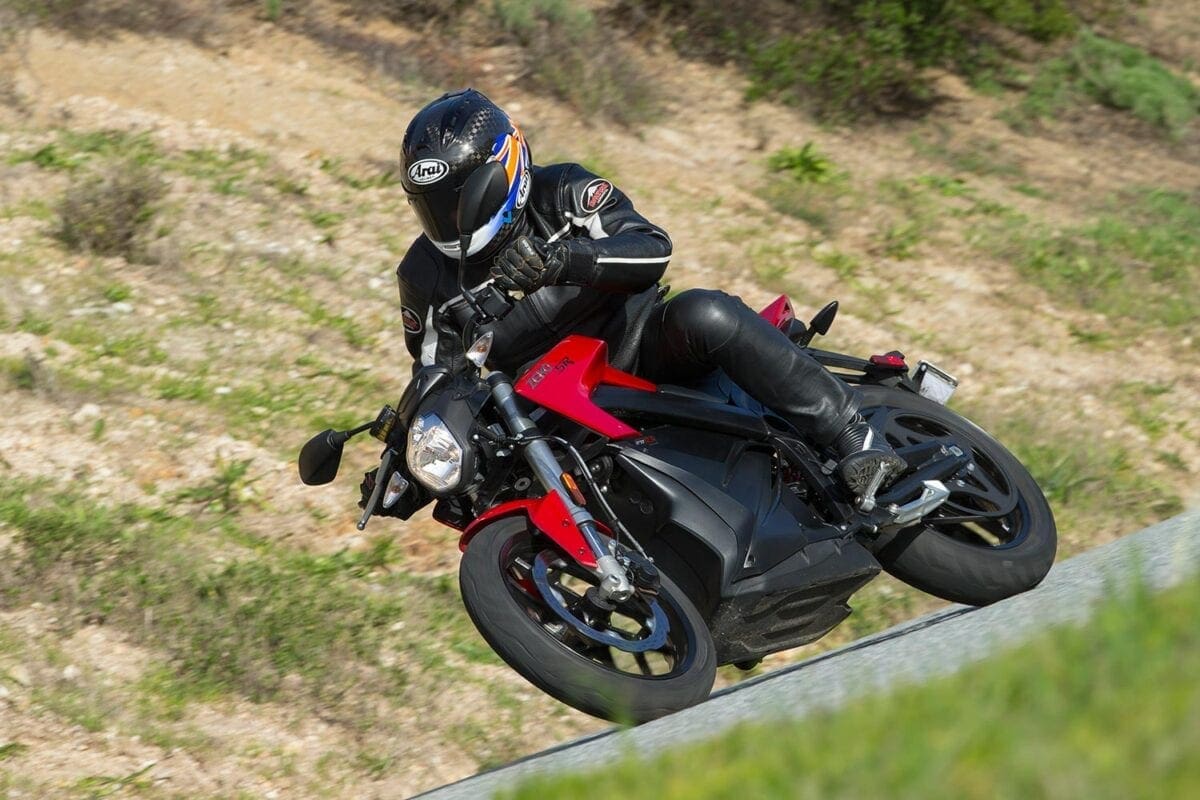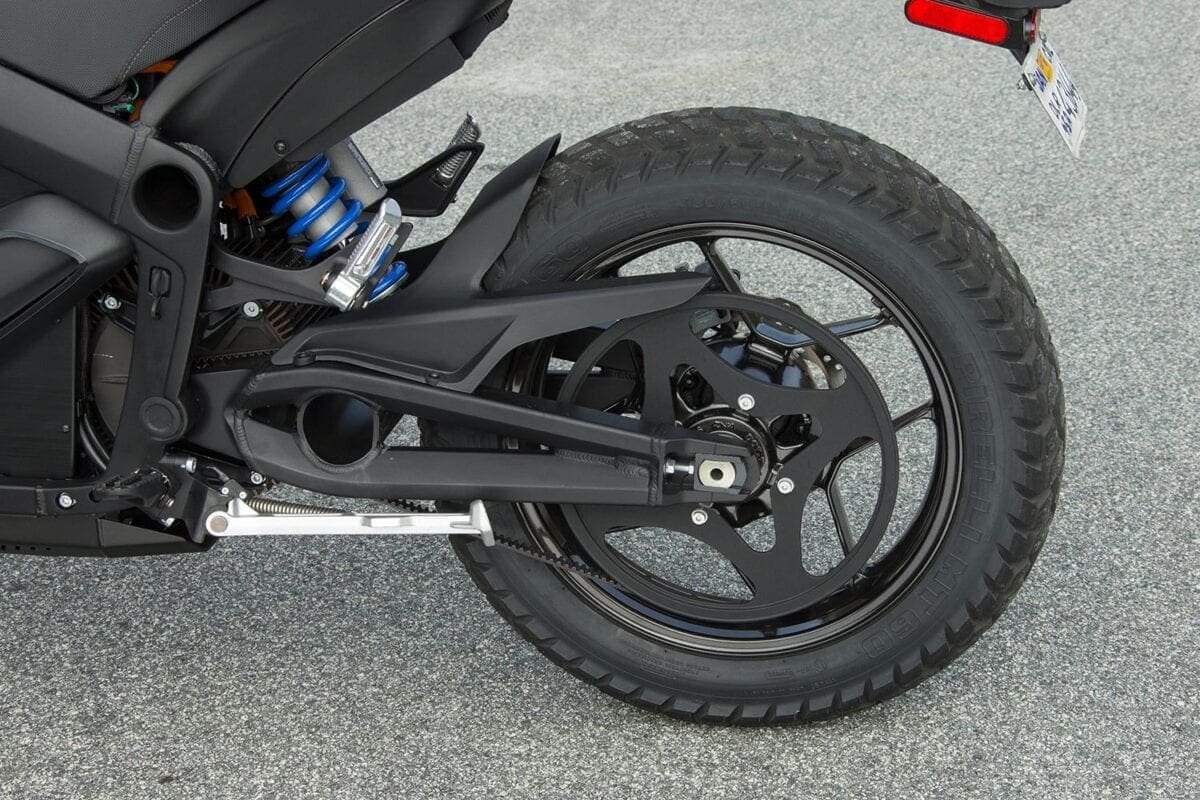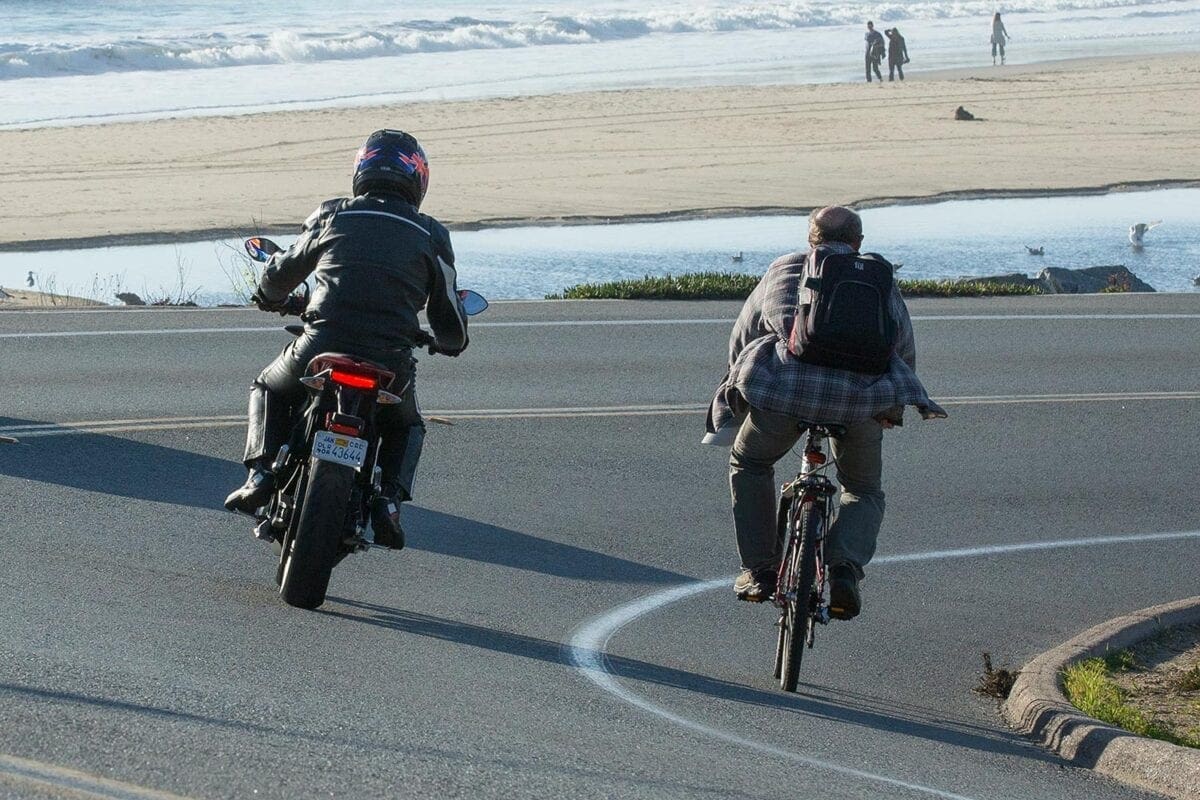2015 Zero electric motorcycles review | From $9845 | 67bhp | 106lb-ft | Permanent high-temp magnet brushless motor
Tested by: Alan Cathcart Photos: Kevin Wing
Enjoy everything More Bikes by reading the MoreBikes monthly newspaper. Click here to subscribe, or Read FREE Online.
The American electric motorcycle industry, (and so by definition the world’s), is on the brink of attaining critical mass, with the unveiling last year of Harley-Davidson’s LiveWire concept E-cruiser, and the revelation in January that its Polaris rival had fully acquired the No.2 E-bike manufacturer Brammo, moving production of its range to the Iowa factory where its Indian and Victory bikes are made.
But both have some catching up to do with the global leader of the sector; California-based Zero Motorcycles, which reportedly doubled its sales last year.
Zero slimmed down its range in 2014 to its four core models; the Zero SR, Zero S and Zero DS, plus the skinnier, lighter Zero FX. At Intermot last October, Zero unveiled the considerably uprated 2015 versions of these, which are now reaching its dealers around the world.
Tell me about the engine
Technological development continues to rise exponentially – just look at your mobile phone and think back a mere five years. Even three years ago the idea of an E-bike with a claimed range of 185 miles in the city or 94 miles at 70mph on the motorway; that could be recharged from zero to 90% in just one hour via a 100-volt CHAdeMO hookup; and was capable of a genuine 100mph would have seemed downright fanciful. But that’s just what the 2015 Zero SR can do when fitted with the ZF12.5kWh battery pack and optional 2.8kWh Z-Force Power Tank, while producing 67bhp at 4000 rpm and a hefty constant 106lb-ft of torque. It’s all thanks to repackaged flat-sided lithium-ion cells that provide 10% more energy density than before.
There’s a choice of three different riding modes – in Eco the Zero is very docile and usable, just swooshing silently through city streets (wathching out for pedestrians that hadn’t heard you – believe me, it does happen). This mode has gentle acceleration and quite heavy regenerative braking, as displayed on the dash when you back off the throttle. Sport has vivid acceleration and zero regen, allowing you to keep turn speed flowing through a series of bends. The Custom map can be tailored to suit your tastes.
What’s the chassis like?
Zero has more than lived up to its mantra of ‘Sophisticated Simplicity’ with the new bikes. These evolutions are much more refined than anything else the company has made before. Equipped for 2015 with Showa suspension, Pirelli tyres and Bosch ABS, they feel integrated and together, with improved ride quality and handling, while still delivering the same unmistakable thrill you get from riding a well-developed E-bike.
The regenerative braking dialled in to the Zero’s controller has two different modes – one comes into play when you back off the throttle, and you can indeed feel some residual engine braking and watch the dash recording it when you do so. But there’s also a sensor which monitors the brake levers to dial in additional regen – a factor in making the Zero stop so well, in spite of zero mechanical engine – sorry, motor – braking. But you can also dial up more or less regen via your smartphone, or alter the Custom riding mode and several other parameters via the Bluetooth enabled connectivity for both iPhone and Android mobile devices that’s included as standard, via the Zero Motorcycles app. There’s an optional mount to clip the phone to your handlebars.
Husstling the SR in more open stretches produces sparkling acceleration, and so much grunt that you’re glad Zero went up a size to a 140/70-17 rear tyre on the SR, while opting for a smaller 130/80-17 Pirelli Scorpion trailie tyre on the DS, coupled with a 19-inch front. Though these are much quieter than the noisy Taiwanese-made Kenda tyres Zero used before, the more compliant Showa suspension means you get a harsher ride from the knobbly rubber rolling across the tarmac.
While the DS offers immediate off-road riding capability for even the unskilled, I reckon many customers will opt to buy it because of its taller stance offering better forward vision and a more relaxed riding position, in precisely the same way as people buy a BMW R1200GS rather than an R1200R. I believe Zero should make a 100% street version of the DS fitted with 17-inch wheels front and rear, Pirelli Sport Demon tyres and a slightly lower seat height, though they could rely on the smaller front tyre to do the job for them. It’d be their best-selling model, I’m sure.
But it’s just the SR that’s equipped with Pirelli Diablo Rosso II rubber, and this has helped transform it into a serious sportsbike with excellent grip and handing, plus the Pirellis heat up far fast – an important issue on a E-bike you can ride hard right from the start, without worrying about warming the engine. The Showa suspension is not only much more compliant than the Zero’s previous Fastace package, but ride quality is immeasurably improved. The uprated J.Juan brake package is very effective, with the added confidence of ABS now allowing you to squeeze as hard as you like to stop the 208kg motorcycle.
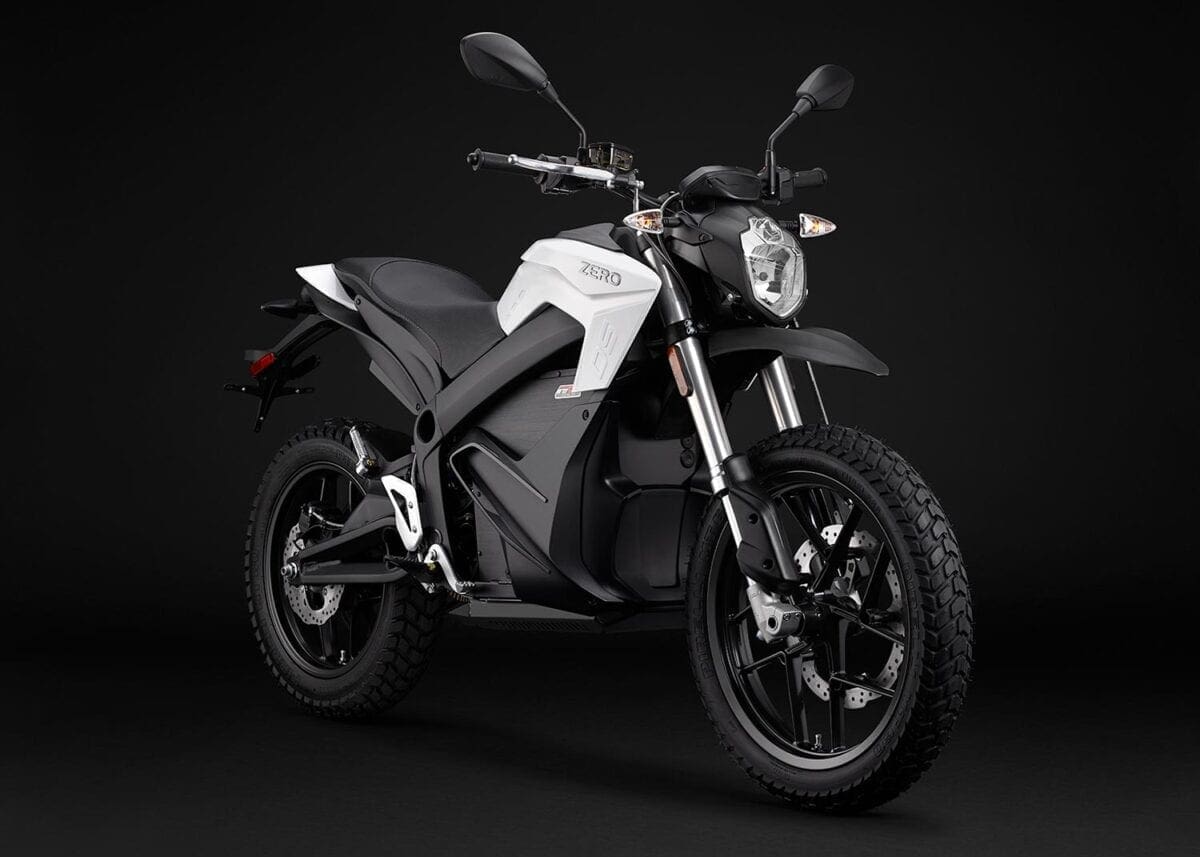
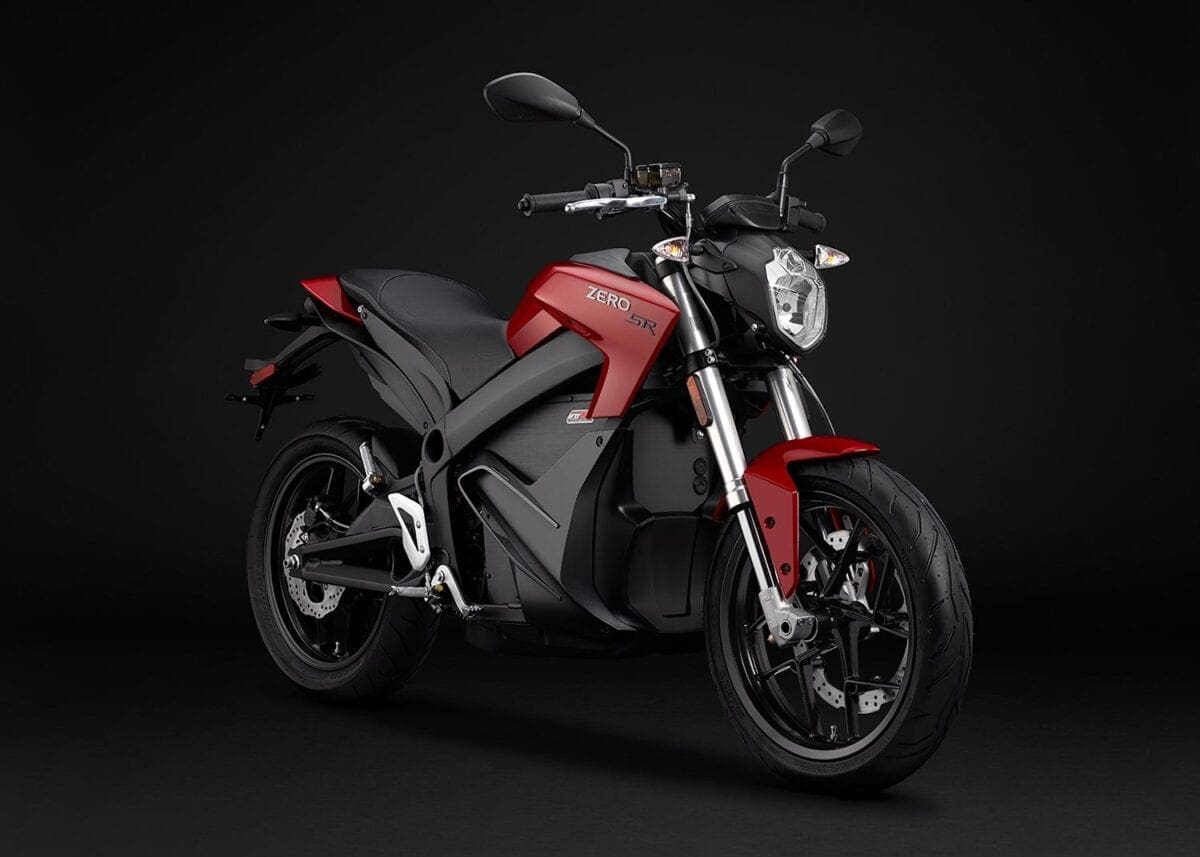

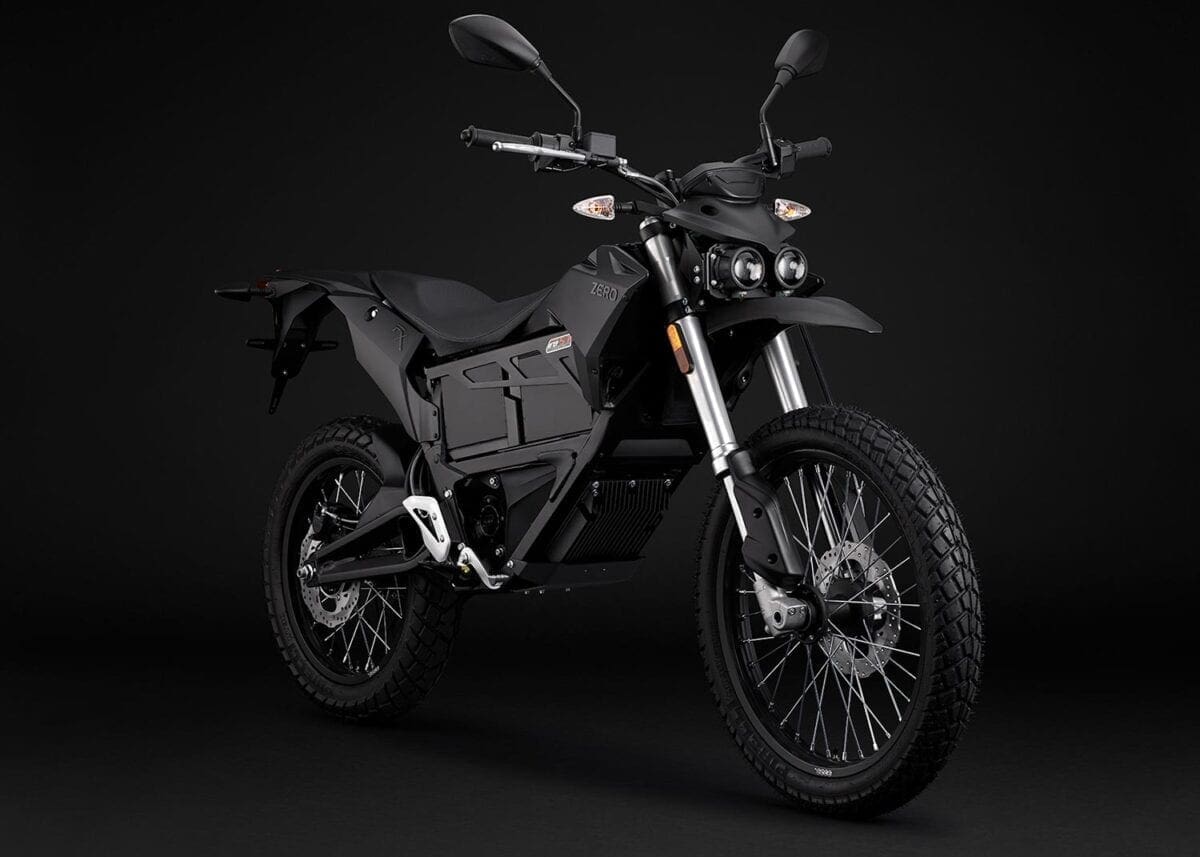
Should I buy one?
If you’re in the market for an electric motorcycle, then this is an affordable choice. Prices range from $9,845 (around £6400) for the baseline Zero FX, through $13,345 (£8600) for the Zero DS, up to $17,345 (£11,200) for the range-topping Zero SR, albeit without the $2,495 (£1600) Power Pack range extender, with the higher costs of acquisition versus a conventional motorcycle offset by the fact that these are zero maintenance products. Apart from replacing brake pads and tyres, and the Gates drive belt that’s now good for 25,000 miles, you ought never to have to visit your friendly local Zero dealer again, except when you want to.
Unfortunately, while one dealer in the UK still offers servicing for Zero, there are – at the moment – no UK importers. Besides the US, there is a large infrastructure across Europe, and Zero has expressed its intention “monitor the UK market, and when we think the time is right we will consider to fully operate in this market again”.
So what’s it like to ride?
I’ll own up to being a little sceptical of Zero’s claims for the SR of 56% more torque and 24% more power over the standard Zero S, but I didn’t appreciate just how much of a difference the bigger capacity controller could, and does, make. There’s a huge improvement in both acceleration and top speed, equivalent to the difference between a one-litre Superbike and a 600 Supersport, yet delivered in a totally accessible way.
There’s no longer any need to preload the throttle slightly at a standstill while resting your foot on the brake lever. Instead, with no clutch lever, you just twist your wrist to gain access to the motor’s strong but controllable pickup from rest and surf its diagonal power curve and horizontal torque delivery.
In urban conditions the SR is just as easy and controllable to ride as any less potent E-package. There’s still nothing to match an E-bike with such responsive throttle control when riding around town, where because it’s so well balanced you rarely need to bother putting a foot down until after you come to a halt.
Zero’s products keep getting better. The 2015 range encompasses increasingly capable and well-developed motorcycles, which besides being green, are so enjoyable to use. Now the challenge facing Zero and its dealers is to persuade people to give them a try – both committed motorcyclists and newbies alike. But momentum is building, and with Polaris and Harley in the E-mix, as well as KTM and – with a scooter at least – BMW, the market can only get bigger as word gets out just how much fun these bikes are to ride and, increasingly, how practical. Zero’s products undoubtedly represent the benchmark by which future E-bikes must be judged, and they are now proper motorcycles that just happen to be powered by an electric motor, rather than an internal combustion engine. T
TECH SPEC
Price: $9845 – Zero FX, $13,345 – Zero DS and $17,345 – Zero SR
Engine: Passively air-cooled, high efficiency, radial flux, permanent high-temp magnet, brushless motor
Power: 67bhp (50kW) @ 4000rpm
Torque: 106lb-ft (144Nm)
Kerb weight: 188kg (208kg with Power Tank)
Seat height: 807mm
Range: City 150 (185) miles; Highway 77 (94) miles; combined 101 (125) miles (with Power Tank)

